Cheongsongok (청송옥)
7.3Km 2024-02-20
14 Seosomun-ro 11-gil, Jung-gu, Seoul
Cheongsongok is a jangteo gukbap (rice soup) restaurant that opened in 1984. The signature menu is jangteo gukbap, a rice soup with green onions and radishes in beef bone broth. The kimchi served with the gukbap is homemade, known for its spicy flavor and crisp texture. Nearby is Deoksugung Palace, and the Seokjojeon Hall in Deoksugung Palace presents a picturesque landscape harmonized with the garden, making it a popular spot for photography.
Himart - Sadang Branch [Tax Refund Shop] (하이마트 사당점)
7.3Km 2024-04-18
77, Dongjak-daero, Dongjak-gu, Seoul
-
Mijin (미진)
7.3Km 2024-03-06
19 Jong-ro, Jongno-gu, Seoul
+82-2-732-1954
Mijin is a Korean-style cold buckwheat noodle restaurant located near Gwanghwamun, specializing in Korean-style naeng memilguksu (cold buckwheat noodles). They offer a broth that is richer in flavor compared to Japanese soba bonito soy sauce, along with chewier buckwheat noodles. The restaurant produces the broth and noodles in-house and serves them directly to customers. The cold broth and buckwheat noodles condiments can be adjusted according to preference. Another popular menu is the memil jeonbyeong (buckwheat crepe) filled with bean sprouts, bean curd, aged kimchi, and ground pork.
Hyosajeong Pavilion (효사정)
7.3Km 2025-01-13
55, Hyeonchung-ro, Dongjak-gu, Seoul
+82-2-820-9848
Hyosajeong Pavilion is where Nohan, the second vice premier of the Joseon dynasty during King Sejong and King Sejo’s reign, stayed. After he lost his mother, he built the pavilion to mourn at her grave while still being able to see his father’s grave in Gaeseong to the North. His brother-in-law, then Minister of the Interior, Gang Sa-deok named the pavilion “Hyosajeong,” which means pavilion of filial piety.
In order to find the original location of the pavilion, poems by Jeong Inji and Seo Geojeong and an old map of Korea were referenced, but the pavilion was not found because the surrounding landscape had changed too much. As a result, a location was selected and the pavilion was reconstructed at its current location. The house is 3 kan* in the front and 2 kan* on the side. The roof is a hip-and-gable roof. The pavilion has one room with under floor heating and a railing around the pavilion
(* kan: a traditional measurement that corresponds to the space between two columns)
Seoul Cathedral Anglican Church or Korea (대한성공회 서울주교좌성당)
7.3Km 2020-03-30
15, Sejong-daero 21-gil, Jung-gu, Seoul
+82-2-730-6611
Seoul Cathedral Anglican Church of Korea began
construction under Mark Trollope, the third bishop of the Anglican Church of Korea, in 1922. It was designed by a English architect Arthor Dixon. Dedication ceremony of the church was held On May 2, 1926 when the construction work hadn't been completed yet. At that time, the church building was a 3-storey building with
a 992 m² floor size. Later in 1993, the original blue print of the church was found at a library in England and the construction resumed
and would be completed in 1996.
The church building is a harmonious combination of Romanesque and traditional Korean style. The exterior of the church is shaped like a cross with various lines placed in harmony. Inside the cathedral, there are 12 stone columns symbolizing the 12 apostles, a
mosaic of Jesus on the front wall, and a brass plate in commemoration of Mark Trollope. Under the brass plate, the
remains of the bishop Mark Trollope are enshrined.
* Size: B1-3F
* Building site area: 519㎡ (157 pyeong), Ground area 909㎡ (275 pyeong)
National Museum of Modern and Contemporary Art, Deoksugung [MMCA Deoksugung] (국립현대미술관 덕수궁)
7.3Km 2023-06-23
99, Sejong-daero, Jung-gu, Seoul
+82-2-2022-0600
The National Museum of Modern and Contemporary Art, Deoksugung [MMCA Deoksugung] was originally built as an annex to the National Museum of Contemporary Art. The museum specializes in seeking out and researching modern art, exhibiting and preserving it, supporting and developing educational programs, and furthering publications and international exchanges. Located within Deoksugung Palace, the center maintains a unique traditional atmosphere. The museum planned and showcased a total of 38 unique exhibitions from 1998 to 2005. Besides the exhibitions, the center has various performances such as music and mime, as well as lectures or seminars on artists' works.
Nonghyup Hanaro Mart - Yangjae Branch [Tax Refund Shop] (농협하나로마트 양재)
7.3Km 2024-04-22
10, Cheonggyesan-ro, Seocho-gu, Seoul
-
Bukchon-ri Dullegol (북촌리둘레골)
7.3Km 2021-03-19
44 Insadong 14-gil Jongno-gu Seoul
+82-2-747-9700
A restaurant with Korean traditional house-themed interior design. The representative menu is Korean table d''hote. This is a Korean cuisine located in Insa-dong, Seoul.
Balwoo Gongyang (발우공양)
7.3Km 2024-01-05
56 Ujeongguk-ro, Jongno-gu, Seoul
Balwoo Gongyang, located in front of the main gate of Jogyesa Temple, is a temple food restaurant operated by the Cultural Corps of Korean Buddhism. It was selected as a 1-star restaurant by the Michelin Guide for three consecutive years from 2017 to 2019 and it is so popular that reservations must be made a month in advance. “Balwoo” refers to meals for monks and it means that the act of eating is also a process to realizing the truth. The restaurant offers five types of course menus inspired by Buddhist teachings that are served in the order of Suljuksim, Juksang, Sangmi (嘗味), Dammi (噉味), Seungso (僧笑), Youmi (愈味), and Ipgasim. The menu is made with seasonal ingredients to bring out the best flavor of each season. The course meal starts with appetizing kimchi stew according to the traditional Korean meal culture. Then it is followed by porridge, seasonal salad, rice and stew, side dishes, tea, and dessert, satisfying both the taste buds and health. Those who wish to experience an authentic temple meal are recommended to try the Beop Course.
Templestay Information Center (템플스테이 홍보관)
7.3Km 2022-10-17
56, Ujeongguk-ro, Jongno-gu, Seoul
+82-2-2031-2000
Templestay Information Center offers various information and services regarding templestays and temple meals for domestic and international visitors. The center also operates traditional cultural experiences, such as tea time with a Buddhist monk, traditional culture activities and more.
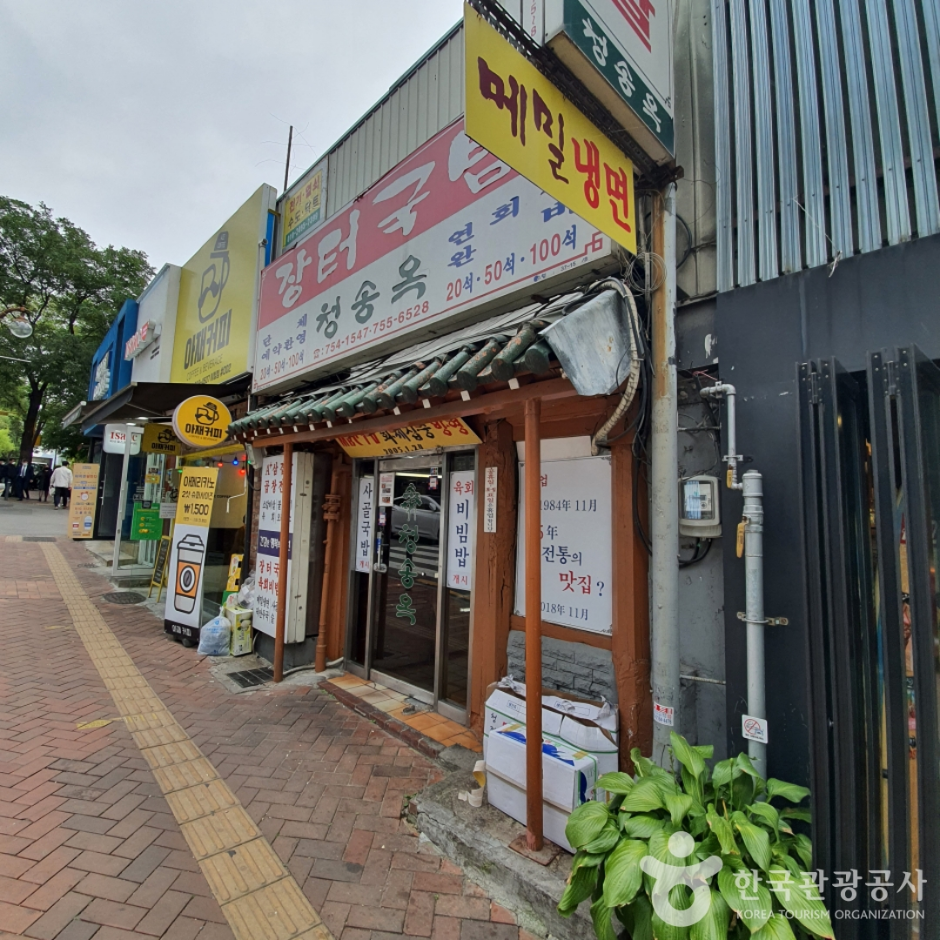
![Himart - Sadang Branch [Tax Refund Shop] (하이마트 사당점)](http://tong.visitkorea.or.kr/cms/resource/28/2880028_image2_1.jpg)
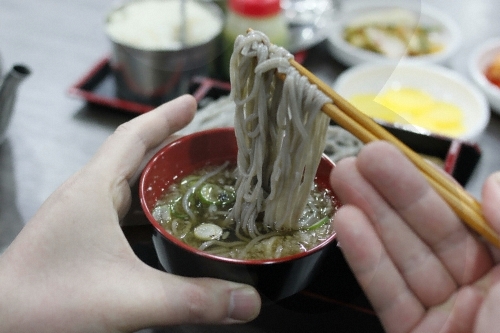
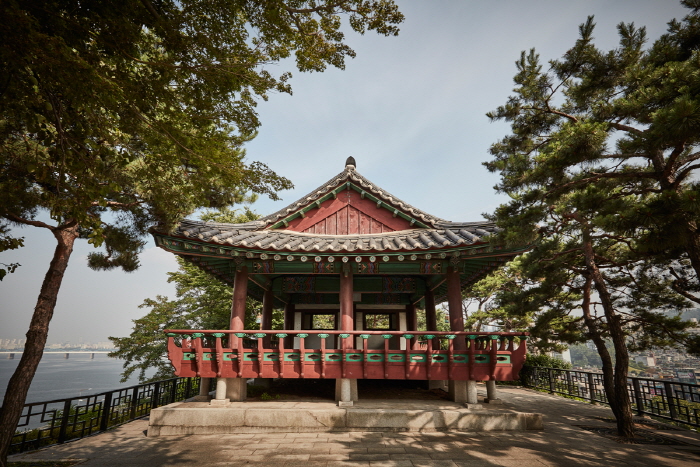
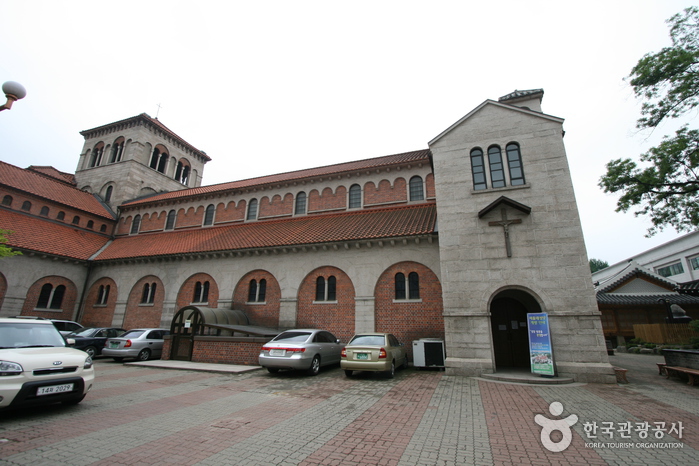
![National Museum of Modern and Contemporary Art, Deoksugung [MMCA Deoksugung] (국립현대미술관 덕수궁)](http://tong.visitkorea.or.kr/cms/resource/09/2991509_image2_1.jpg)

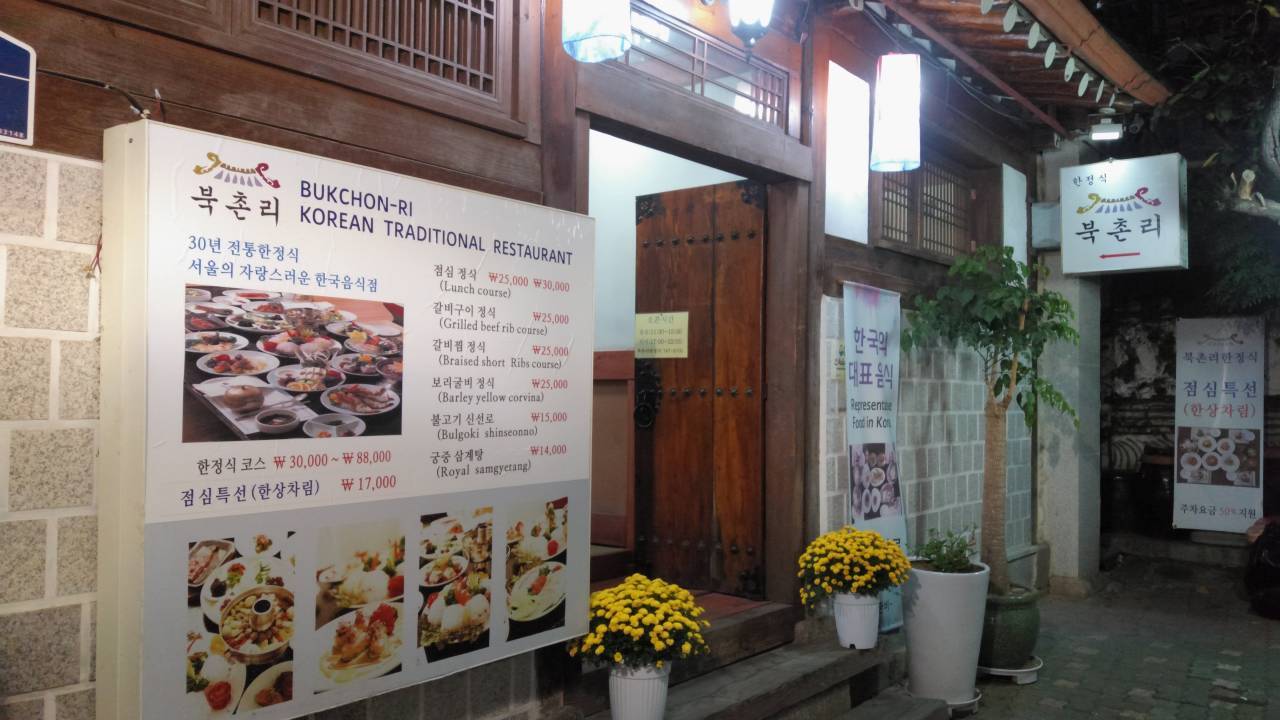
 English
English
 한국어
한국어 日本語
日本語 中文(简体)
中文(简体) Deutsch
Deutsch Français
Français Español
Español Русский
Русский